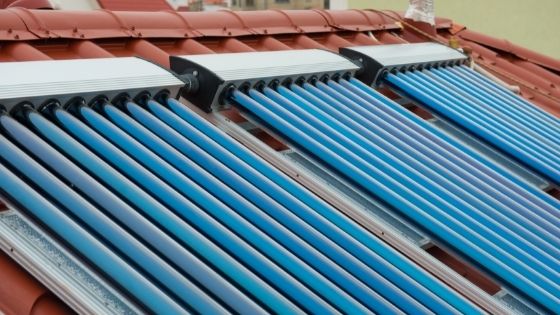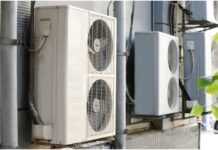Hot water on demand is a modern miracle. Only one hundred and fifty years ago, the idea that every family with a home would also have hot water would have seemed absurd. Here is a brief guide to the kinds of water heating systems you might find in a house in the 21st Century.
Conventional Water Heating
Conventional central heating systems are not as popular as they once were, but they can still be found in older houses and commercial buildings. Conventional systems use gravity to transport hot water around a building. A hot water tank is installed on the highest floor. It is constantly heated, which means that it is very inefficient and rather expensive to run. Water runs from the hot water tank down into radiators and taps. Because this system takes a long time to refill and heat, houses using conventional central heating can ‘run out’ of hot water for periods of time.
Combination Boiler Heating
Combination boilers are fitted as standard in most modern houses. Instead of filling radiators from a pre-heated tank, combination boilers are connected to the mains and heat water instantly at the source. This means that a house with a combination boiler system cannot ‘run out’ of hot water so long as its cold water supply remains operational.
Combination boiler systems are far more efficient and environmentally friendly than conventional equivalents.
Pressure System Water Heating
Pressure systems are similar to combination boiler systems in the sense that they heat water as it flows towards its destination. Unlike combination boiler systems, pressure systems heat water using a separate water cylinder. These systems are efficient but cost lots of money to install and may incur high maintenance costs. They are complex, which means you may need to hire in a specialist if you want to get one fitted in your home or business. Pressure systems should not be installed in areas with low mains water pressure. Local authorities should, in theory, offer a minimum water pressure as standard – but these standards can slip.
Air Source Heat Pumps
Air source heat pumps harvest heat from the atmosphere and transfers it to water which heats it up. They don’t need lots of environmental heat to work and can even work in temperatures below zero. They work by absorbing tiny amounts of heat into a special fluid. This fluid is then passed through a compressor which greatly increases its temperature. This superheated liquid is then used to warm water up. Engineers wanting to offer installations of these highly efficient systems need to take an air source heat pump course in order to obtain specialist knowledge.
Ground Source Heat Pumps
Ground sourced heat pumps operate in a very similar way to air source heat pump systems. As the name suggests, they get their primary heat from beneath the ground. Ground sourced heat pumps have all the advantages of their air harvesting cousins but tend to be a bit more expensive to install due to the groundwork necessary.




















